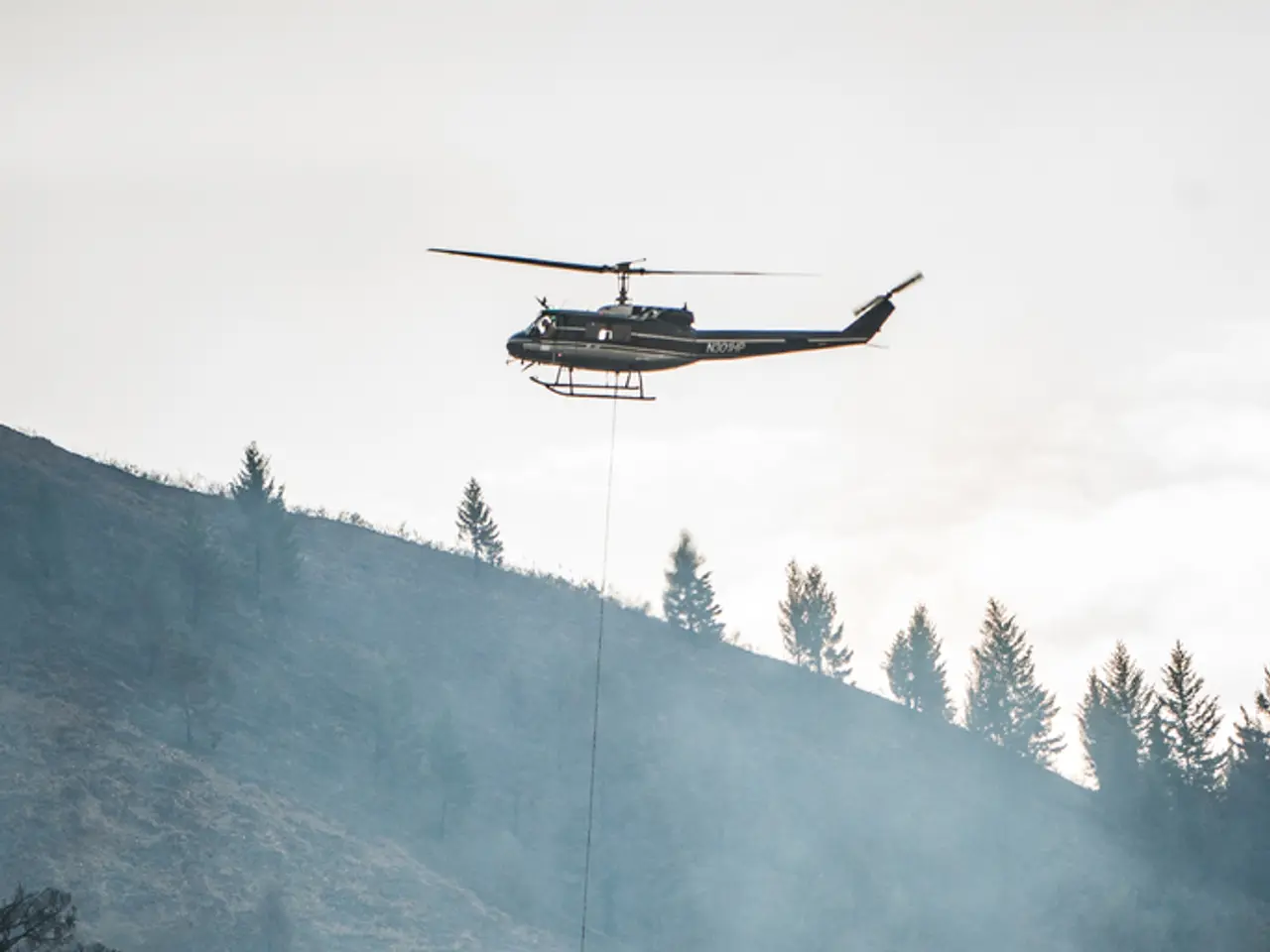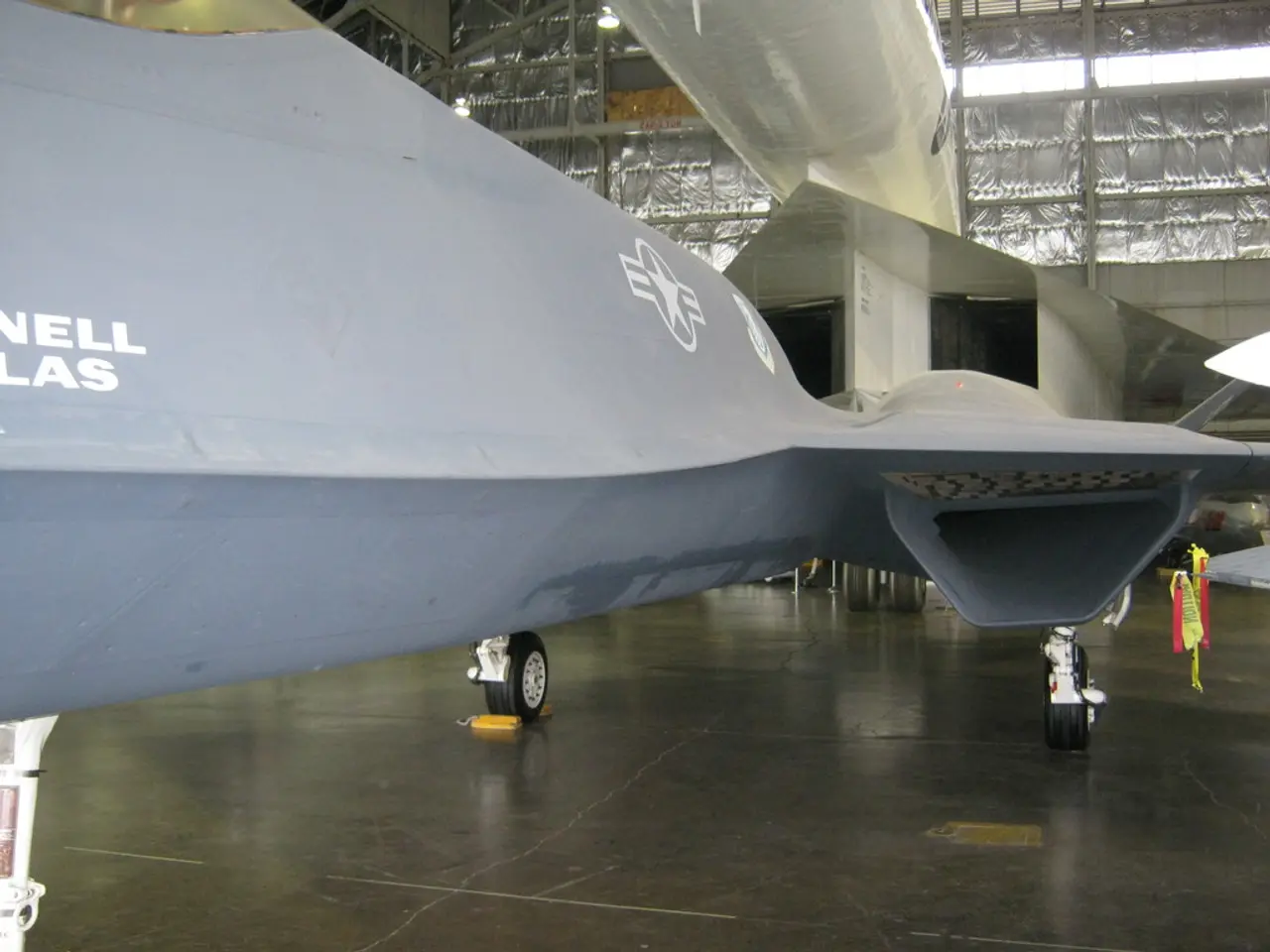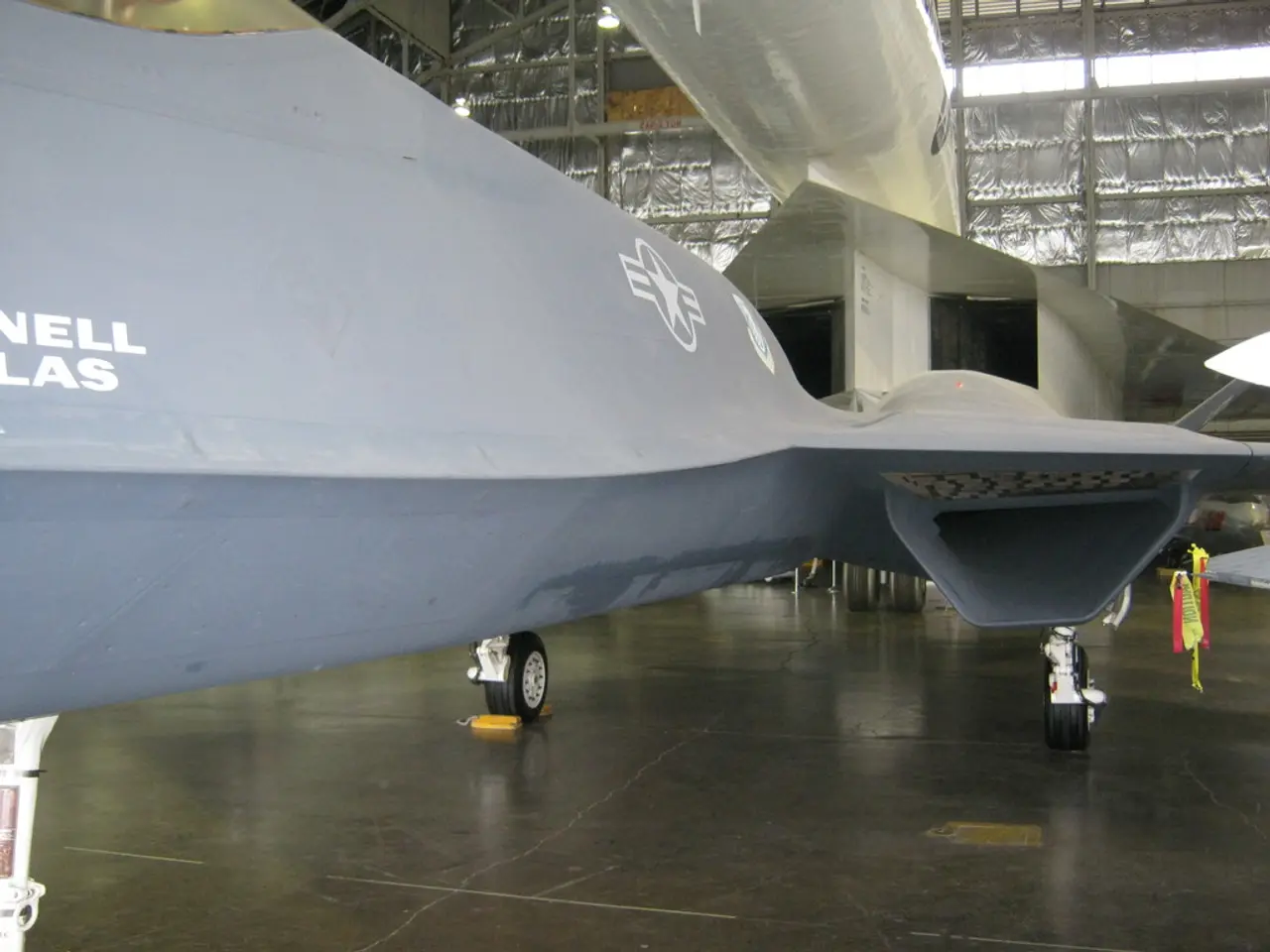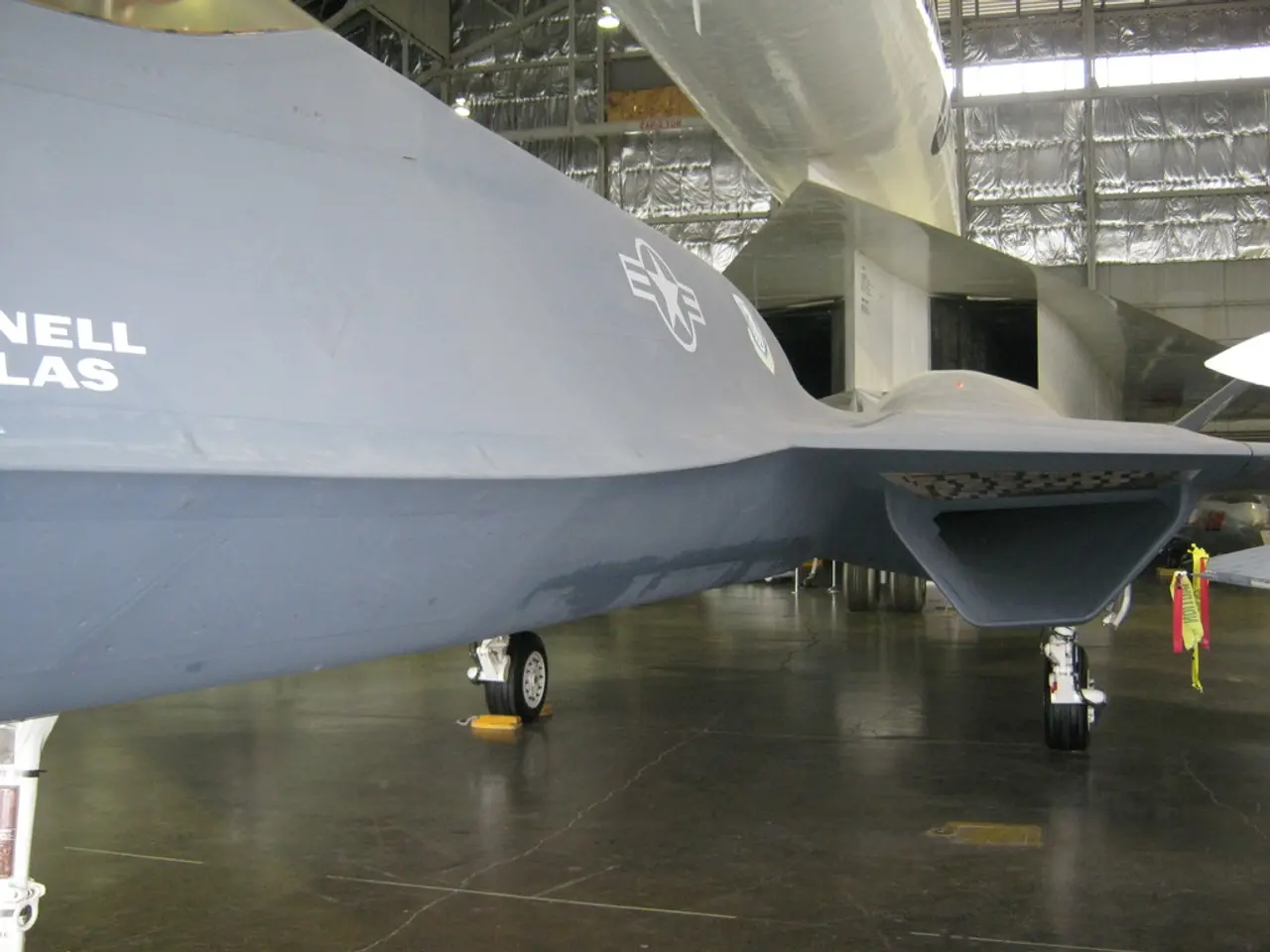Helicopter's altimeter malfunctioned, displaying inconsistent readings.
In a tragic incident that took place near Ronald-Reagan Airport in Washington DC on January 29, a commercial airliner and a US military helicopter, specifically a Sikorsky Black Hawk and a Bombardier CRJ700, collided in the air, resulting in the deaths of 67 people.
The US National Transportation Safety Board (NTSB) held investigative hearings from Wednesday to Friday to uncover the cause of the accident. During the hearings, it was revealed that the radar altimeter and barometric altimeter on the Sikorsky Black Hawk showed differences during flight, which may have contributed to the fatal collision.
Jennifer Homendy, the agency's director, indicated that shortly before the collision, the helicopter pilot reported an altitude of 300 feet while the instructor pilot indicated 400 feet. However, once the rotors started turning, the barometric altimeter's indications dropped significantly and remained so for the entire flight, with a difference of 80 to 130 feet observed compared to the radar altimeter.
This discrepancy between the barometric and radar altimeters on Sikorsky Black Hawk Lima (UH-60L) helicopters stems from outdated sensor technology and the way altitude is calculated, particularly when the helicopter carries external fuel tanks. Tests conducted by the NTSB on three examples of the same Sikorsky Black Hawk Lima model belonging to the same battalion during the course of the investigation confirmed that this misreporting of altitude is a real and repeatable issue affecting all helicopters of the same model tested.
The barometric altimeter’s error range was already known by both Sikorsky and the U.S. Army but was not documented in the pilots’ manuals, so crews were likely unaware of the potential for this significant misreading. Because pilots primarily reference the radio altimeter for low-altitude flight and not the barometric altimeter, the contradictory altitude readings create a risk of confusion regarding true altitude. In this incident, the misleading altitude information likely contributed to reduced situational awareness and an inability to properly separate from the American Airlines flight, culminating in the mid-air collision.
Clark Allen, a former FAA employee who worked in that control tower, stated that this combination of roles was "probably more frequent" than a separation of roles. Allen also affirmed that the hierarchical management of the tower staff was sufficient that night, but agreed that helicopter management should have been separated for adequate staffing.
Criticisms were raised after the accident regarding the management of both helicopter and aircraft traffic by a single controller in the tower. Allen also noted that the Black Hawk was at 278 feet at the time of the collision, but this does not necessarily reflect what the crew saw on the barometric altimeters in the cockpit due to conflicting information in the data.
Homendy expressed concern that what the crew saw may have been very different from the actual altitude. She stated that a difference of 100 feet is significant in this case, and the discrepancy between the barometric and radar altimeters on Black Hawk Lima models is considered a contributing factor in the fatal collision.
[1] National Transportation Safety Board (NTSB) Preliminary Report, AO-23-01, January 31, 2023. [2] National Transportation Safety Board (NTSB) Press Release, February 14, 2023. [3] Federal Aviation Administration (FAA) Air Traffic Control Communications, January 29, 2023. [4] Sikorsky Aircraft Corporation Technical Bulletin, TB-23-01, February 17, 2023. [5] United States Army Aviation Safety Centre Safety Alert, SAF-AL-23-01, March 3, 2023.
- The tragedy involving a commercial airliner and a military helicopter in Washington DC has been a topic of interest in the general news, as well as crime and justice, due to the high number of fatalities resulting from the collision.
- The US National Transportation Safety Board (NTSB) delved into the finance aspect of the incident, revealing outdated sensor technology within the Sikorsky Black Hawk was a contributing factor to the misreporting of altitude.
- The transportation industry will need to address this issue, as tests conducted by the NTSB confirmed that the misreporting of altitude is a real and repeatable issue affecting all helicopters of the same model tested.
- Aviation safety will be under scrutiny following the accident, with the Federal Aviation Administration (FAA) and the United States Army Aviation Safety Centre expected to issue safety alerts and technical bulletins to address the discrepancy between barometric and radar altimeters in Sikorsky Black Hawk Lima models.
- Car-accidents and fires, though distinct from the DC incident, serve as reminders of the importance of adequate staffing, clear communication, and proper separation of roles in any industry. The fatal collision highlights the need for improved management and reduced confusion in helicopter traffic control to prevent future tragedies.







